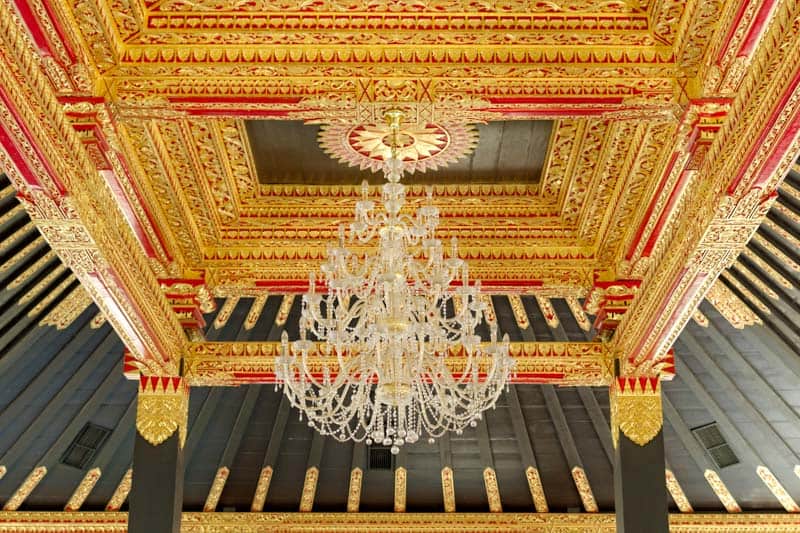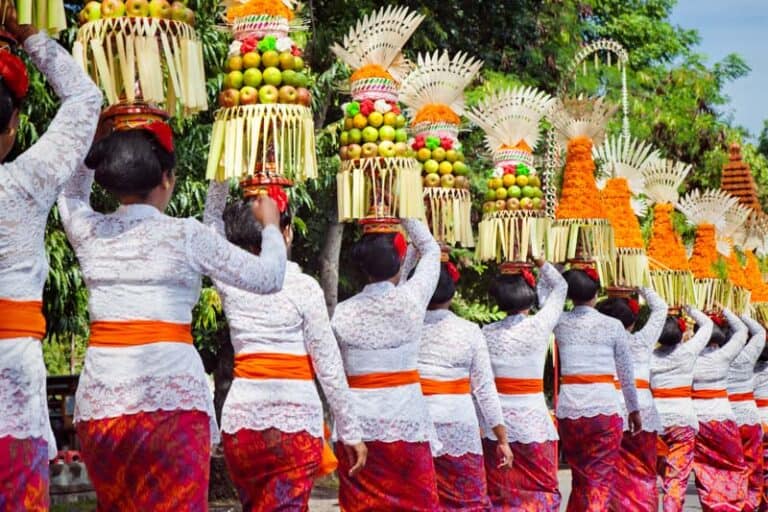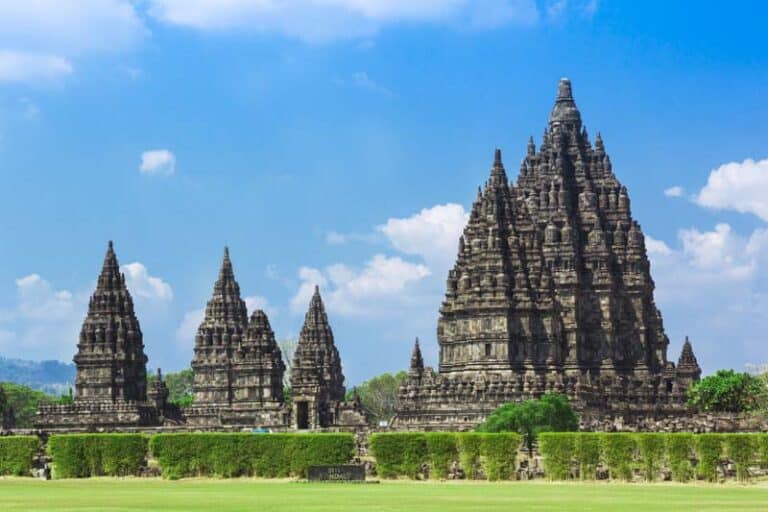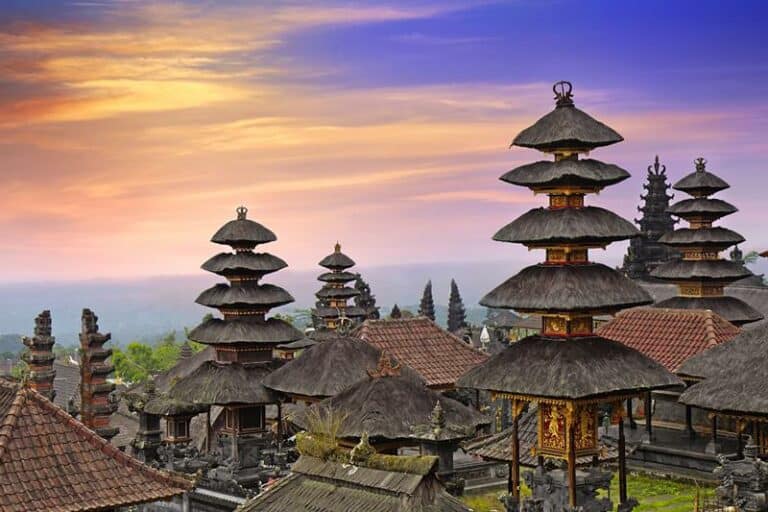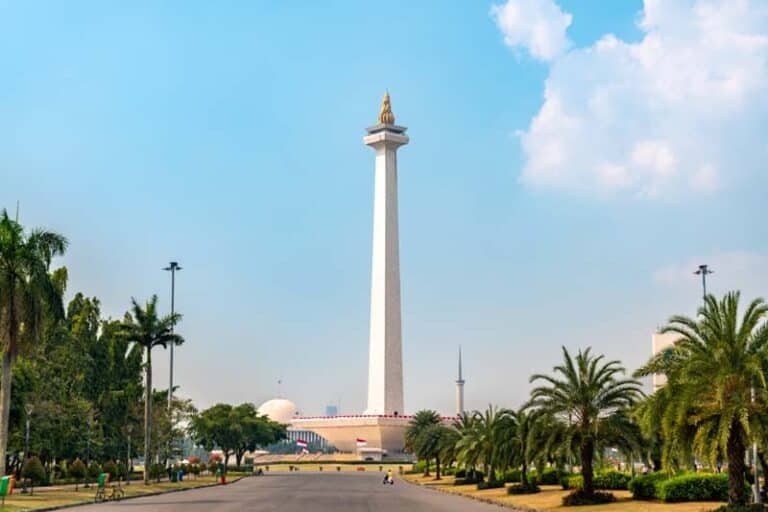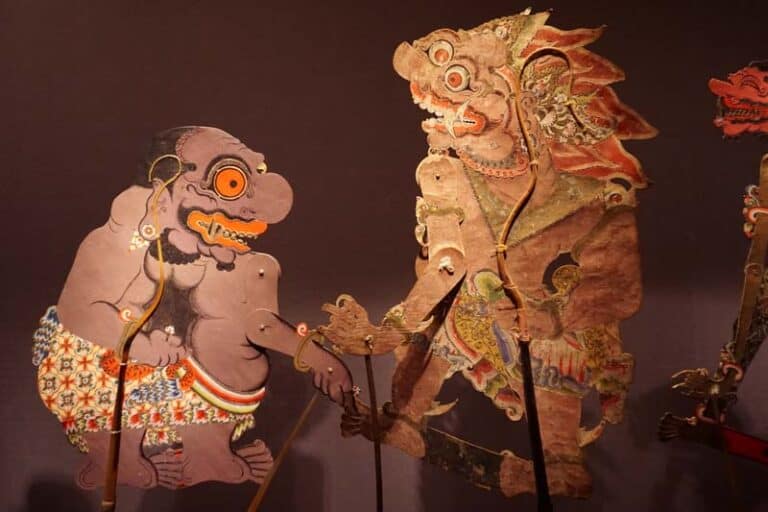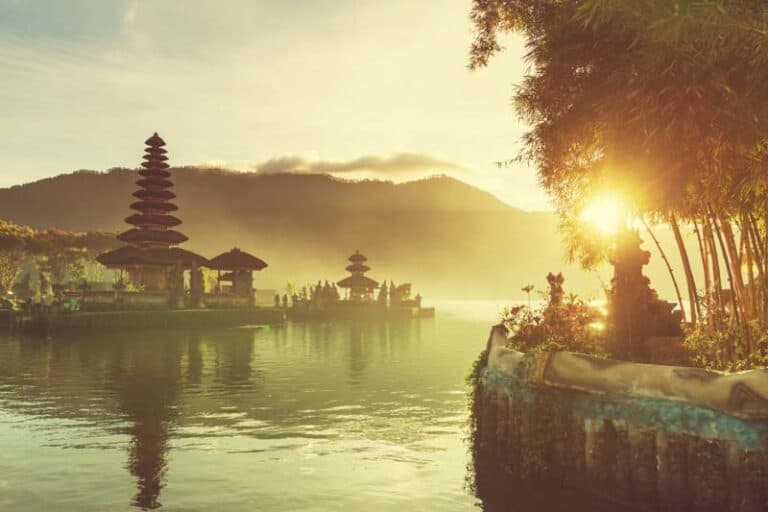If you visit Yogyakarta, in particular, the center of the city, you’ll come across some of the city’s famous destinations, and Keraton Yogyakarta is one of them. Its fame is not without reason, of course. Keraton Yogyakarta is one of the locations that offer a complete explanation of Yogyakarta’s history, including its unique system. If you want to know more about Keraton Yogyakarta, this article will give you a better understanding of the palace and its complex.
What is Keraton?
To put it merely, Keraton is the royal palace for Kesultanan Yogyakarta (The Sultanate of Yogyakarta). It is the place where activities related to royalty takes place, such as public ceremonies, internal meetings of the Kesultanan (the Sultanate), Abdi Dalem (names for the workers in Keraton), and everything in Keraton. Keraton is more than a mere palace complex of the royalty. It’s the heart of Yogyakarta.
Brief History of Kesultanan
Kesultanan Yogyakarta is a Javanese monarchy in Yogyakarta Special Region in Indonesia, and it wasn’t always Kesultanan like today. Before, it was known as Kerajaan Mataram or Kesultanan Mataram (Mataram Sultanate). Kerajaan Mataram was able to conquest almost all the entire Java except Kesultanan Banten’s and Cirebon’s area). Although the kingdom first battled against Dutch East India Company (VOC), it slowly turned into one of their puppets. The dissatisfaction due to obedience to VOC and internal conflict divided the kingdom into two. The domain that favors VOC stayed in Kartasuta and is later known as Kasunanan Surakarta (Solo). Meanwhile, the “exiled” kingdom is what is known today as Kesultanan Ngayogyakarta, which is located in Yogyakarta. Keraton was built right away after the Treaty of Giyantri (the treaty that settles the conflict between the two sides) was signed.
Later on, once Indonesia has gained its independence, Yogyakarta was given its Special Region status (Daerah Istimewa). Thanks to its unique state, the region can keep its monarchy while being part of the country (Indonesia) at the same time.
Now, the region becomes one of the most visited places in Indonesia. It’s all due to its strategic location and the number of historical architectures located around Yogyakarta (Borobudur, Prambanan, and many more).
The Area of Keraton
The area of Keraton is more than the palace. It includes everything necessary surrounding the castle. The area consists of four sections. They are:
Front Section
The front section has three main parts ‒ Gladhag-Pangurakan, Alun-Alun Lor, and Gedhe Kasultanan Mosque.
Gladhag-Pangurakan is the main gates used to enter the Keraton complex from the northern side. Not far from the entrance, you’ll come across Alun-Alun Lor. Alun-Alun Lor is a grass field with the main building commonly used for public activities such as campaigns, concerts, and so on. Sometimes the people would play soccer in the area too.
Gedhe Kasultanan Mosque is one of the oldest mosques in the city, as it was built by the first Sultan. At the mosque’s complex, there is a building called Pagongan. The building is used to store gamelan used for Sekaten (one of the traditional festivals in Yogyakarta).
Main Section
There are many buildings in the main section, so we will only cover the important ones. They are Kompleks Pagelaran, Siti Hinggi Ler, and Kamandhungan Lor.
As the name states, Kompleks Pagelaran is used to host events related to Keraton, such as religious ceremonies, tourist events, and traditional ceremonies. In the south of Kompleks Pagelaran, you’ll see Siti Hinggi Ler. Siti Higgi Ler is used to perform traditional formal rituals of the Keraton.
As for Kamandhungan Lor, it is currently used for traditional festivals such as Sekaten and Grebeg. Don’t be mistaken by the festivities, though. The place was once used for court overseen directly by Sultan.
There are five other sections (Sri Manganti, Kedhaton, Kamagangan, Kamandhungan Kidul, Siti Hinggil Kidul) that won’t be discussing them in detail here. The lack of explanation does not mean they’re not necessary, of course. Each one of them serves a purpose to create a perfect system that flows smoothly within the palace.
Back Section
There are only two sections at the back, and they are Alun-Alun Kidul and Plengkung Nirbaya.
Alun-Alun Kidul is a grass field where the twin banyan trees are located. Legend said that those who can go between the two trees blindfolded (called “masangin“) would have good luck. At night, Alun-Alun Lor is often used by people to hang out and have a good time.
Plengkung Nirbaya is the most southern part of the Keraton. It is a gate that can only be used for the funeral process of the Sultan from the palace to Imogiri. Since its primary function is for the funeral, the gate remains closed when a Sultan is still in his throne.
Activities in Keraton
There are many traditional ceremonies done in Keraton. Unfortunately, most of them cannot be attended by the public audience. There are, however, two festivals people can attend. They are:
Sekaten
Sekaten is the celebration of Mohammad’s birth, according to the Javanese calendar. There are many activities done during the one week of Sekaten. However, the festival is famous for its traditional night market, which is held for 40 days.
Gerebeg Muludan
It is the climax of Sekaten. During Gerebeg, many food are stacked together, and people are allowed to take them home. Since the food is blessed, it is believed that those who plant the said food (such as vegetables and fruits) will have a prosperous and fruitful harvest.
Visiting Keraton
All the things written here are only a portion of Keraton’s wonder. You can only understand its majestic architecture and marvelous design when you visit the place by yourself. Don’t worry about being confused, since they have a local guide who is ready to help you understand the palace’s history, culture, and structure. If you’re lucky, you can even come across the gamelan performance that is done weekly! When you’re in Yogyakarta, visiting Keraton is a must. As people often say that if you don’t really visit Yogyakarta until you visit the Keraton.
